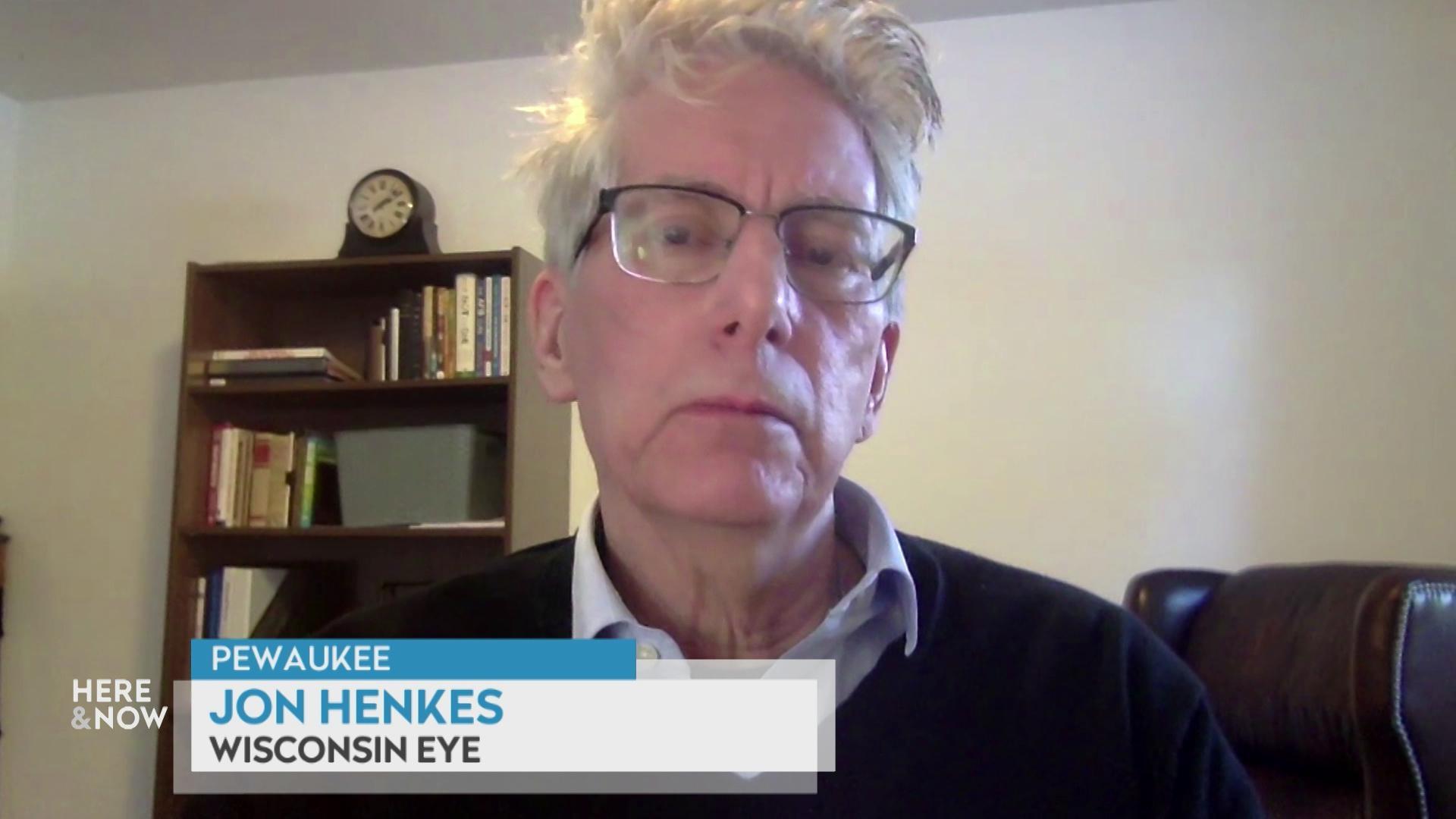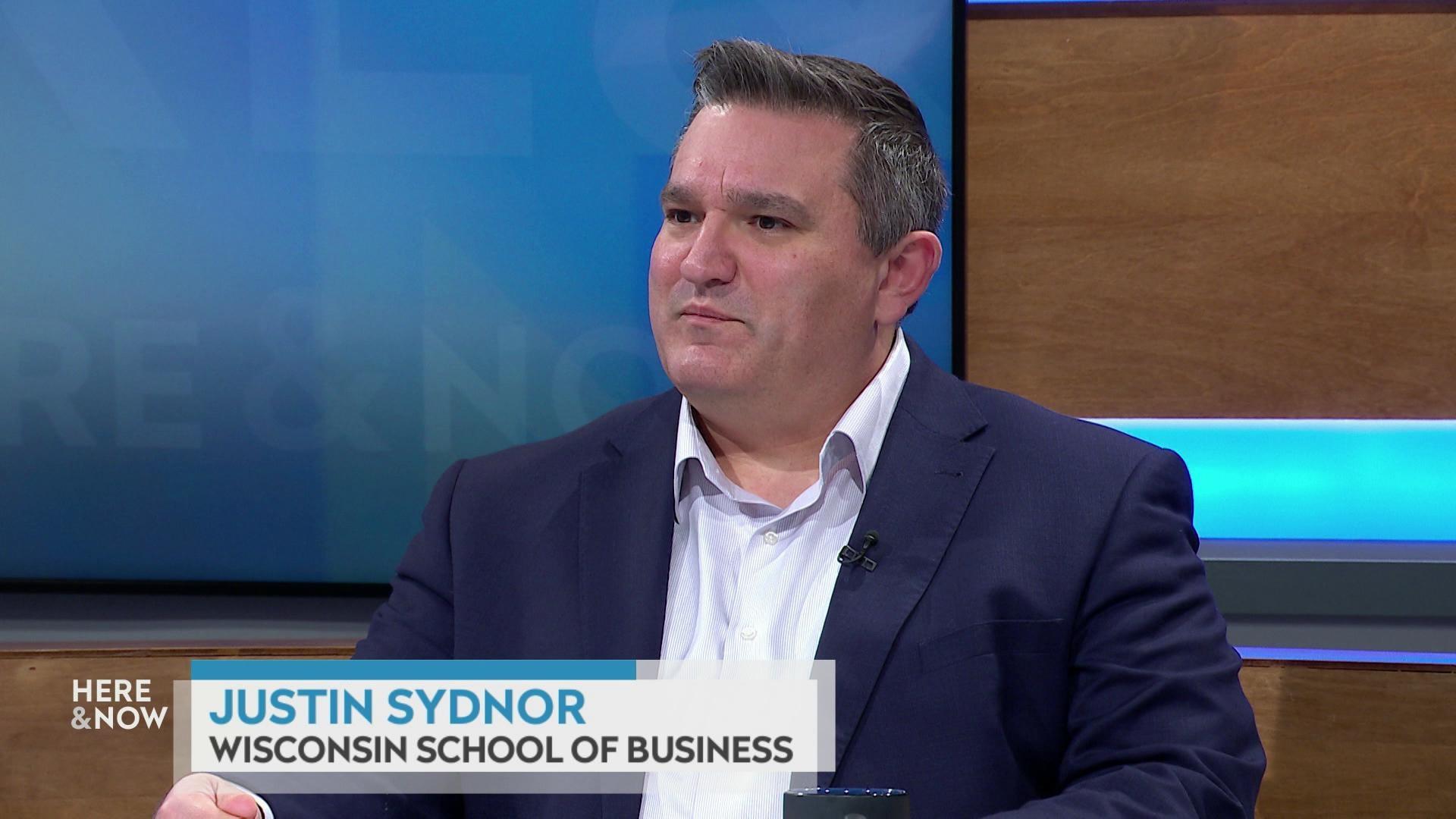The race to replace lead pipes across Wisconsin gets a boost
Lead pipes that deliver drinking water to homes remain commonplace in many communities around the state — in Wausau, the city is gearing up efforts to replace all of these lines within five years.
By Nathan Denzin | Here & Now
December 14, 2023 • West Central Region
Every day, communities across Wisconsin get their drinking water from lead pipes.
“So, lead exposure is dangerous to people of all ages, but pregnant women and young children are particularly at risk,” said Ann Hirekatur, the lead and copper section manager at the Wisconsin Department of Natural Resources.
She works with local communities to identify and map lead pipes in Wisconsin — and there are plenty.
Milwaukee is particularly well known for its lead pipes, but other towns and cities across the state are dealing with the issue too.
“We’re talking about public health, but we obviously care a lot about and we’re talking about just keeping people safe and healthy and cultivating better trust in government, said Wausau Mayor Katie Rosenberg, who announced in October an accelerated lead pipe replacement effort that aims to take all the city’s pipes out in five years.
The issue has been a long-time concern.
“We kind of estimated that we had about 8,000 lead pipes,” Rosenberg said.
That’s about one lead pipe for every five residents.
That figure isn’t unusual in Wisconsin, where data from the Natural Resources Defense Council estimates that Wisconsin has the most lead pipes per capita in the nation.
Lead pipes are a primary source of lead in drinking water, according to the Environmental Protection Agency, accounting for about 20% of all lead poisoning.
“When water flows through the lead pipes, the pipes can corrode and the lead in the pipes will — can leach out into your drinking water,” Hirekatur said.
While most lead pipes have an inner coating of minerals that has built up over years of use, insulating water from the lead. That insulation is fragile — if the water’s chemistry changes even slightly, that coating can be stripped away.
Look no further than Flint, Michigan. When the city changed the source of its water in 2014, It stripped away the insulation on their pipes and released lead into the water supply.
Lead is a toxin that can have serious health effects, including a decreased ability to pay attention, a decreased IQ and underperformance in school.
“Small children are also particularly at risk of speech and hearing issues to growth and development delays, as well as behavioral and cognitive issues,” said Hirekatur.
Most at-risk are infants.
“It’s a particular risk to the infant because of the amount of liquid that they consume relative to their body size,” she explained.
But that doesn’t mean adults are totally safe either.
“It can cause damage to the heart and kidneys and brain, can cause high blood pressure, and it can also cause increased risk of cancer,” Hirekatur added.
“It’s critical — it’s just time. We’ve been taking a go at this for several years, maybe even a decade or two. But now is the time. We want safe water for everybody,” Rosenberg said.
“Well, frankly, it was time decades ago,” said Tom Perez, a senior advisor to President Joe Biden and the head of intergovernmental affairs at the White House.
“The science is clear: Lead, whether it’s in drinking water, whether it’s in paint, any ingestion of lead is potentially a killer,” said Perez.
Rosenberg has been working with Perez and other federal officials to secure funding from Biden’s American Rescue Plan Act, which released billions in funding for lead pipe replacement.
“We have money — a crazy amount of money — for the first time in my generation,” Rosenberg said.
Wausau is set to receive $80 million in funding for their effort. That money will go toward construction costs, and training efforts for local plumbers.
“We have people reaching out to us like, ‘I’m a plumber, I want to do this.’ So we think that we’ll be able to train and hire many people, which is also going to be a great benefit for the rest of the state,” she added.
As more plumbers are trained, the number of pipes replaced will increase.
“We’re starting with 500 pipes next year, which is a huge increase over what we usually do, between 20 and 40 a year,” said Rosenberg.
While the target for year one is 500 pipes, that number will double to 1,000 in 2025, and increase each successive year.
Those numbers are realistic, the DNR’s Hirekatur said, because a major barrier to lead pipe replacement has been lifted.
“It’s a lot more difficult for the private side, because typically the property owner is responsible for paying for that removal,” she explained.
But that’s not the case in Wausau.
“There is no cost to the homeowners,” said Rosenberg.
Because of how the funding is structured, private homeowners don’t have to pay a dime.
“I went back and forth with a person who said, ‘There’s no way this is free. There’s no way. You’re going to put a lien on my property. You’re going to force me to pay for it. You’re going to tear up my yard.’ And I said, no, we’re not allowed to based on this money that we’re accepting,” Rosenberg recalled.
“The costs to the homeowner are nothing. The benefits of good health are priceless,” said Perez.
So while winter takes hold of the state, Wausau is already preparing for spring construction.
 Passport
Passport











Follow Us